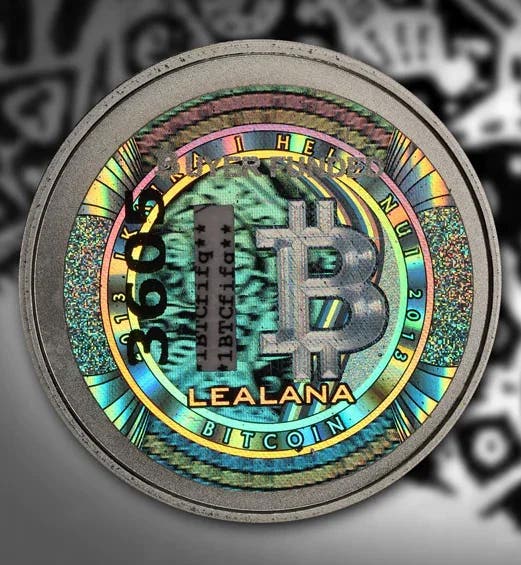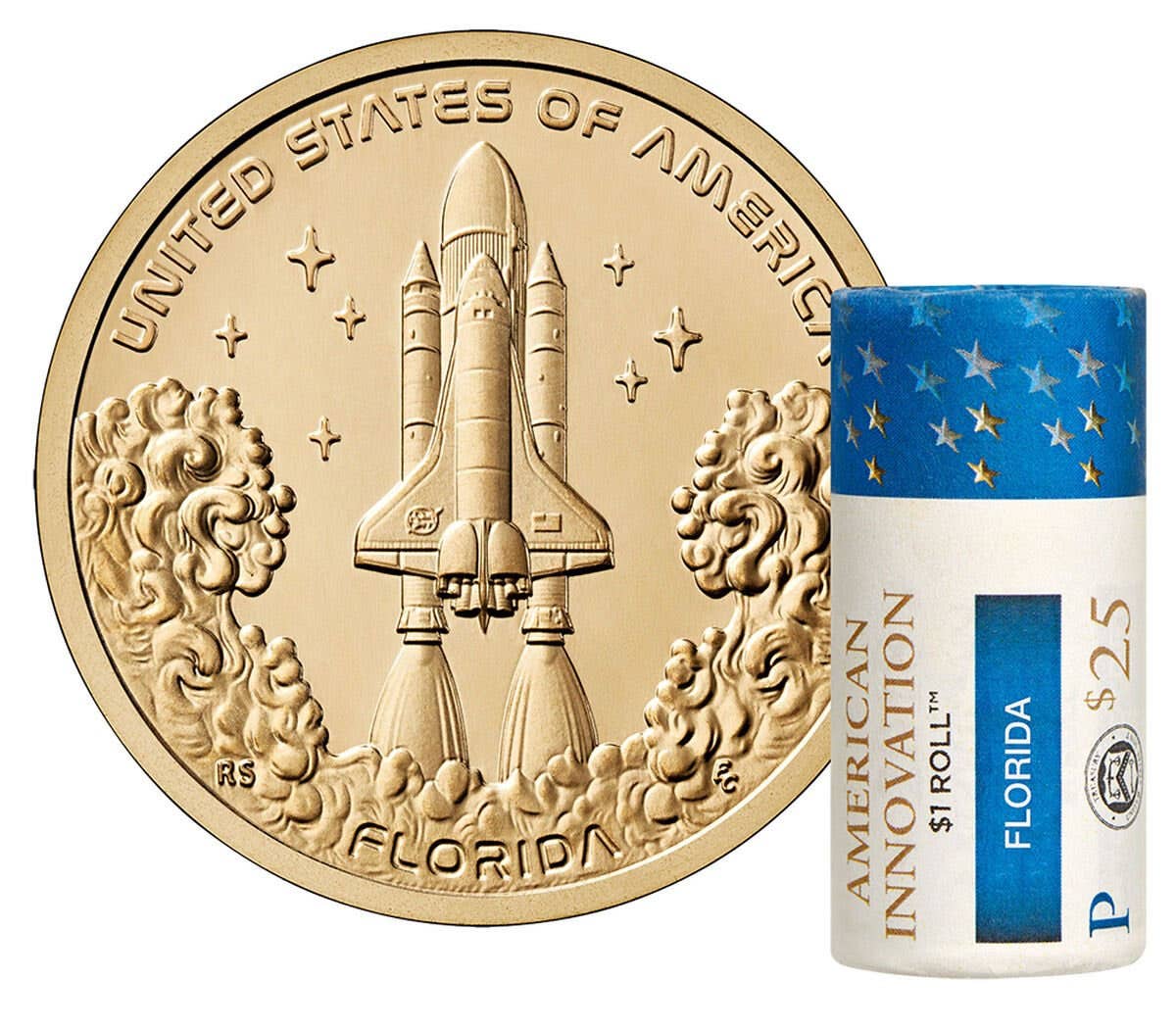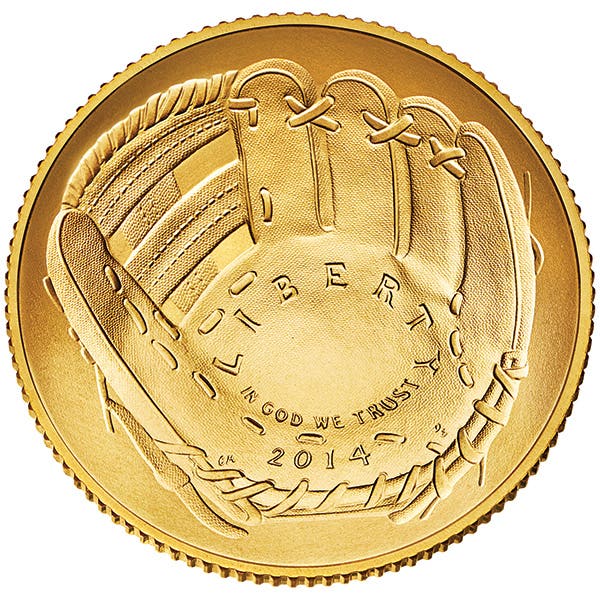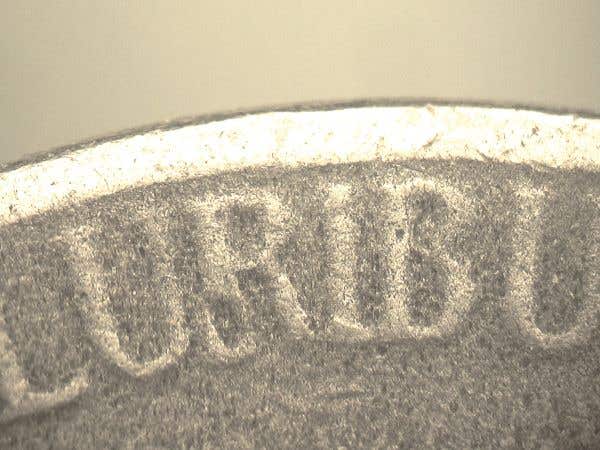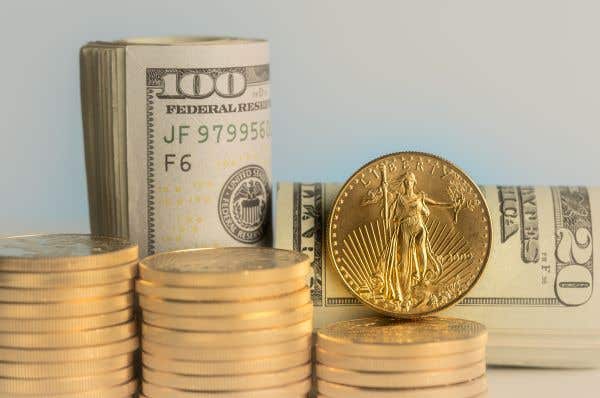Viewpoint: Local interest motivates coin legislation
By Mark Weller Today, countries around the world are concerned about the cost of producing quality circulation coins, especially when the cost to produce their coins approaches or exceeds the…
By Mark Weller
Today, countries around the world are concerned about the cost of producing quality circulation coins, especially when the cost to produce their coins approaches or exceeds the face value of the coin. But the solution proposed by S.759, the Currency Optimization, Innovation, and National Savings Act of 2017, and endorsed by William Tuttle in his Viewpoint editorial (Numismatic News, June 13) misses the mark completely and would move the country in exactly the wrong direction.
While missing the mark, the bill strikes a direct bull’s-eye when seeking to fulfill one of the oldest axioms in politics: All politics is local.
Senator John McCain from Arizona (more on this later) reintroduced S.759 this year to 1) stop printing $1 notes and 2) change the composition of the 5-cent coin to 80 percent copper. McCain touts the initiative as a way to save taxpayers money. Variations of this legislative proposal have been introduced for a long time, the first in 1991 by then-Rep. Jim Kolbe (not coincidently also from Arizona). There are three glaring problems with this approach.
First, McCain seeks to lock in Mint production of high-cost metals. The dollar coin is comprised of 88.5 percent copper; the nickel is comprised of 75 percent copper. The Mint should not be limited to one composition option that could miss the desired savings, or worse, cost taxpayers more money than lower cost alternatives.
Second, and related to the point above, copper and nickel are the two highest-cost metals in our circulating coins. The high cost of our current coins is one reason the Mint has been looking at less expensive alternatives like zinc and steel. A 2012 Navigant Consulting study found that the Mint could save $200 million per year by shifting to steel-based coins like several other countries.
Third, and to state the obvious, McCain is trying to help local Arizona copper interests. Arizona has been a major copper producer since the 19th century, and 12 active copper mines in the state directly employ nearly 10,000 workers. Elimination of the $1 note will lead to greater dollar coin production (at 88.5 percent copper composition). To try to wrap that effort in a message of saving money for the American taxpayer is the height of hypocrisy. This is special interest legislation at its worst.
McCain also wants to eliminate the penny. The Mint says penny elimination will likely double nickel production (which the McCain legislation would increase to 80 percent copper). Americans need to understand that they won’t save government revenue if the penny is eliminated. The Mint will lose money making more nickels. Moreover, the alternative to the penny, rounding transactions to the 5-cent coin, is bad for consumers and our economy.
Locking the Mint into higher-cost metals is the last thing anyone should consider if we want to save taxpayer money. And let the debate be driven by a thorough examination of alternative metal compositions for our coins. Bad information can lead to policy changes that cost more money and do the exact opposite of what is intended.
This “Viewpoint” was written by Mark Weller, executive director of Americans for Common Cents.
Viewpoint is a forum for the expression of opinion on a variety of numismatic subjects. To have your opinion considered for Viewpoint, write to David C. Harper, Editor, Numismatic News, 700 E. State St., Iola, WI 54990. Send email to david.harper@fwmedia.com.
This article was originally printed in Numismatic News. >> Subscribe today.
More Collecting Resources
• Subscribe to our monthly Coins magazine - a great resource for any collector!
• Keep up to date on prices for Canada, United States and Mexico coinage with the 2017 North American Coins & Prices guide.




